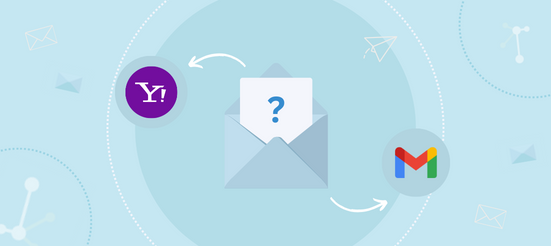You might have heard about Apple’s Mail Privacy Protection (MPP) which raised a lot of discussions within the email marketing sector. Alongside MPP, Apple has also introduced a service called Hide My Email (HME) in their iOS 15 and iPadOS 15 updates which were released on the 20th of September 2021.
Hide My Email allows users to create unique, anonymised and temporary email addresses which can be used at any point when they need to provide an email address. For example, submitting forms, making purchases and signing up to e-newsletters. If there are any emails sent to this generated email address, the HME feature will redirect it to the users’ main email mailbox depending on the users’ preference. Additionally, users will have flexibility of creating as many random emails as they like and can deactivate them at any point too.
From a user point of view, this feature allows their main email address to remain private and also reduce the number of spam emails they receive. But what are the implications of this for us email marketers?
Firstly, the users of this service have an option to deactivate the temporary email address at any point. This means that they could be using the anonymised email address to sign up to receive communications from you and then deactivating it. While the HME service will potentially give the users more confidence to sign up and therefore grow your database, once the email address is deactivated the emails sent to them are likely to result in hard bounces. Receiving too many hard bounces can damage the sender reputation and deliverability in the long term.
As mentioned, the HME user can determine which emails are redirected to their main mailbox. This means that there is a chance of them signing up to receive your communications with this temporary address and then deciding to stop the redirection to their actual mailbox. This will naturally lead to lack of engagement.
But no need to panic as this feature is currently not available for all Apple users. It’s only available with the iCloud Plus subscription plan, therefore users will need to pay to use this new feature.
We believe that this feature won’t have a huge impact on email marketing but there are some measures we could implement to reduce the risks the HME service can have on our e-marketing in the long term.
The subscribers who use the HME service are those wanting to take extra steps in the privacy of their email address and their personal data. So, let’s talk privacy. In your sign-up form, it’s important to transparently explain your privacy policy. If the subscribers’ personal data and email address are not shared or sold to another company, we would recommend making this very clear at the sign-up point. This will increase the chances of them trusting in the company and potentially using their main email address to sign up.
Also, during the sign-up process, I would recommend making it very clear that subscribers have the flexibility to unsubscribe easily at any time. This will be another assurance that they will not be bombarded with emails they no longer want.
If you have different types of communications, you can implement a preference centre and a channel opt-out option for the subscribers. This will give them the flexibility of choosing which type of communications they would like to receive and also opt out from the channels they do not want to receive. By implementing this, the number of emails they will be getting will be reduced therefore this could, again, potentially reduce the chance of them blocking your communication from redirecting to the main email address.
In addition, the HME user’s email addresses will end with icloud.com domain. For B2B companies, it should be possible to only accept corporate email addresses when building subscriber forms. This policy will force the use of a business address and subscribers will not be able to use the email addresses generated by the HME service.
To conclude, subscribers will have an option to hide their email addresses and control the senders they receive emails from into their main mailbox. This could result in more non-engagers or hard bounces once they deactivate the temporary email address. So, we believe the most important aspect here is the trust built between your company and the subscriber and sending relevant content thereby discouraging the user to use a temporary address instead.
Feel free to get in touch with us if you would like to discuss this further.









